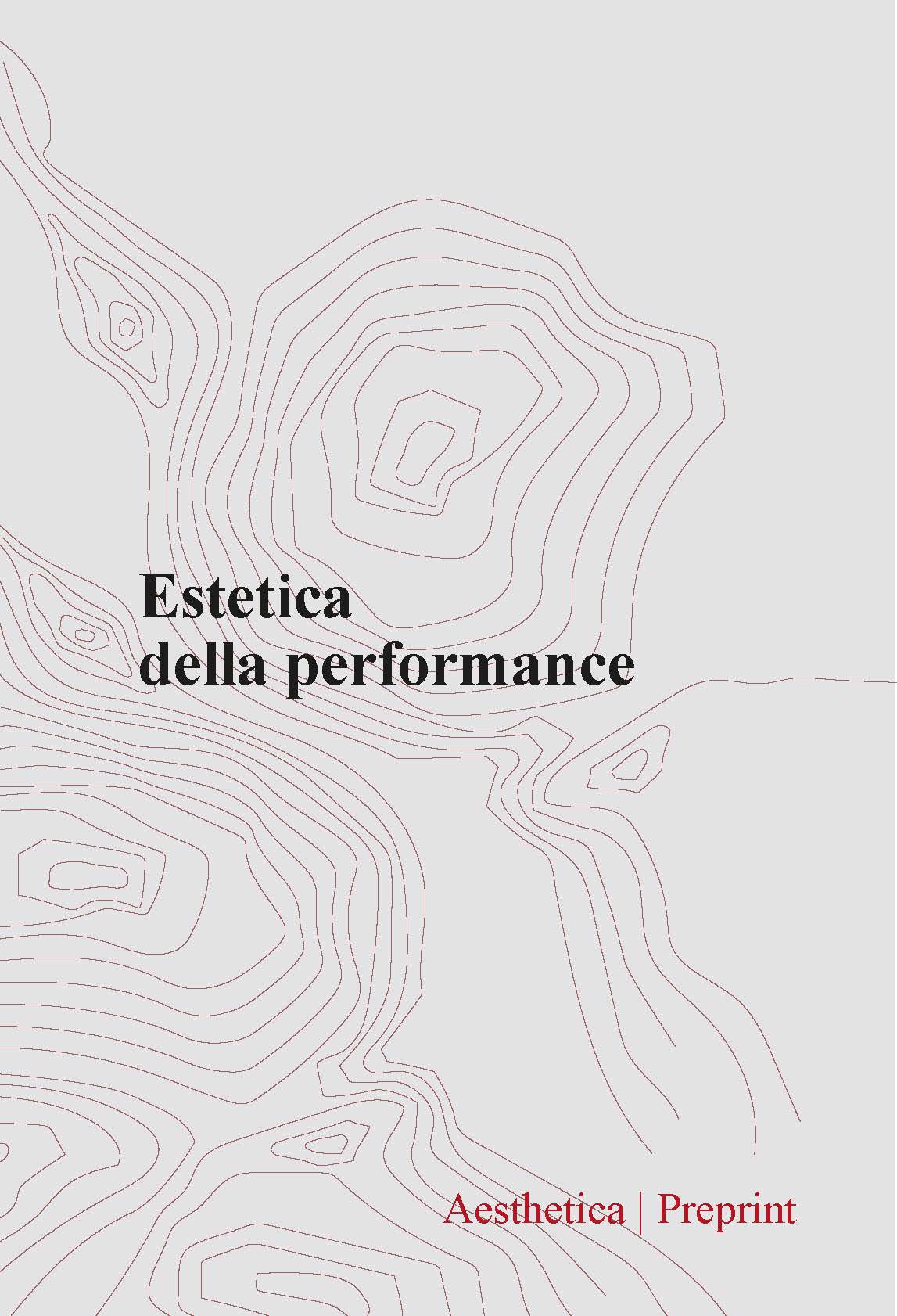Abstract
This article aims at describing aesthetic experience based on its cognitive structure. In contrast with the so-called “content-oriented approach”, we defend a “broad” structuralist account of aesthetic experience, particularly drawing on the Adverbialist Model and reframing it within the context of an embodied version of Predictive Processing Theory. We describe here the paradigmatic features of aesthetic experience, that we mainly identify in a particular “cognitive restructuring” mechanism, corresponding to an updating of internal world models, which unfolds under a disinterested motivation profile, correlating with peculiar metacognitive feelings. This approach avoids some relevant objections faced by content-oriented definitions of aesthetic experience and enhances the explanatory power of structuralist views, specifically by accounting for the feeling of learning, the particular attentional profile of our aesthetic experiences, and the pleasure that accompanies ambivalent (both positive and negative-valenced) aesthetic experiences, as in the paradoxical case of the tragic.

